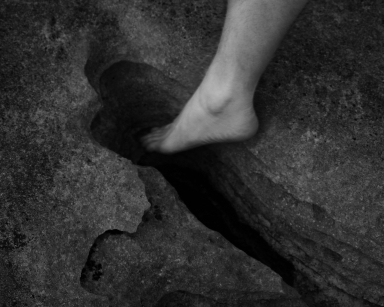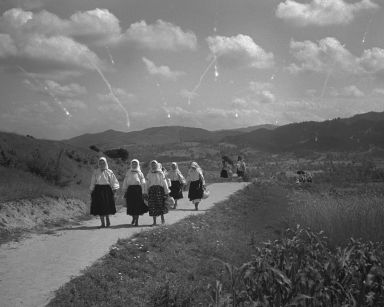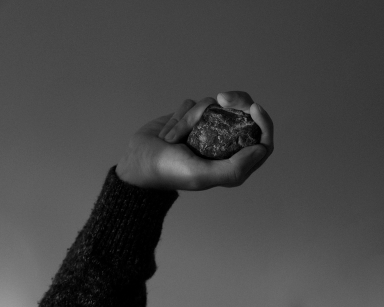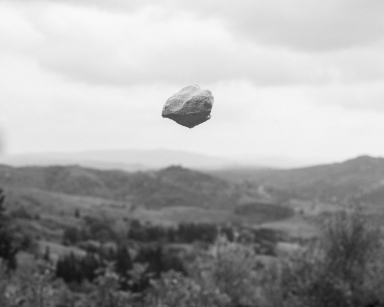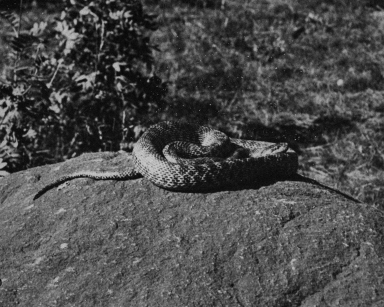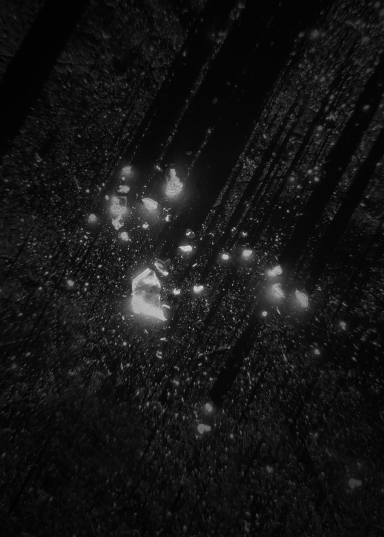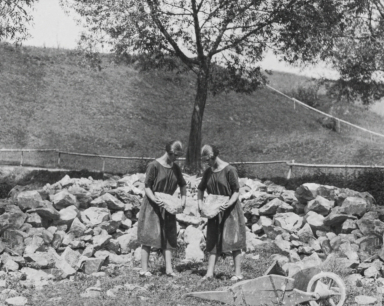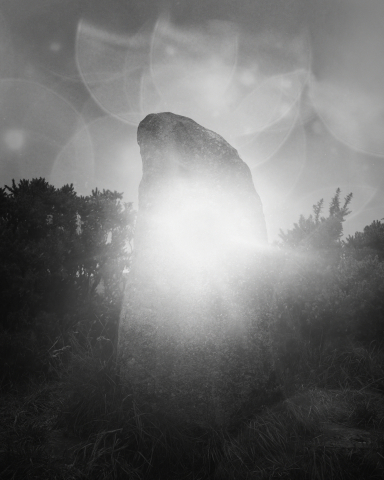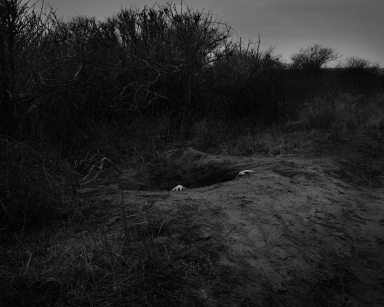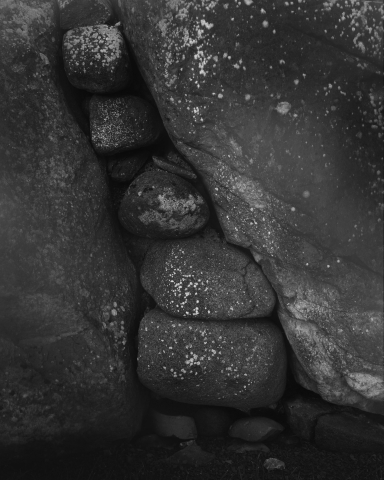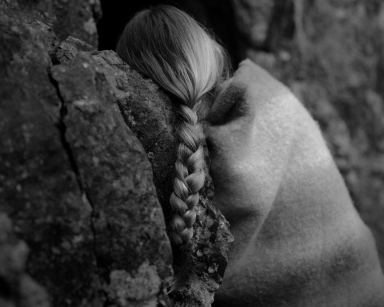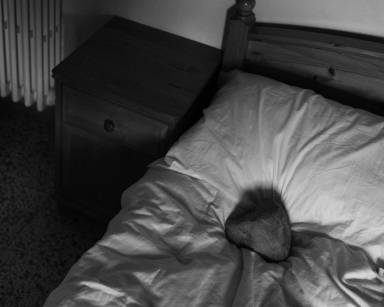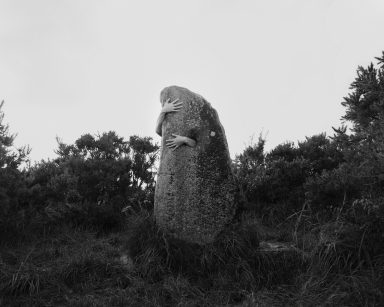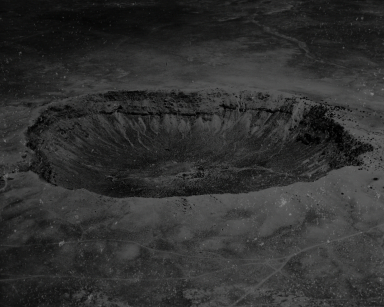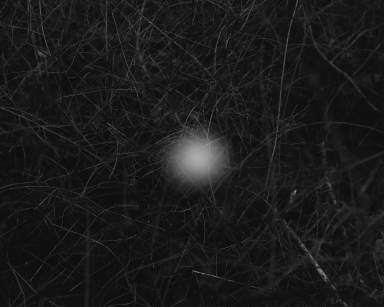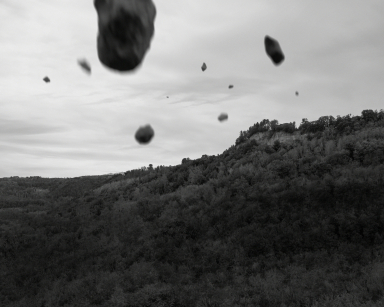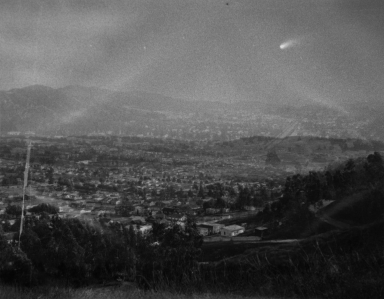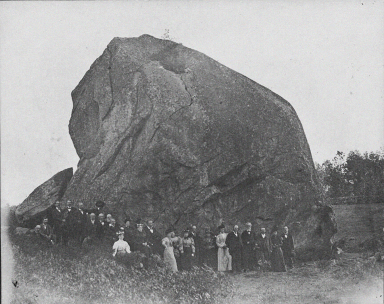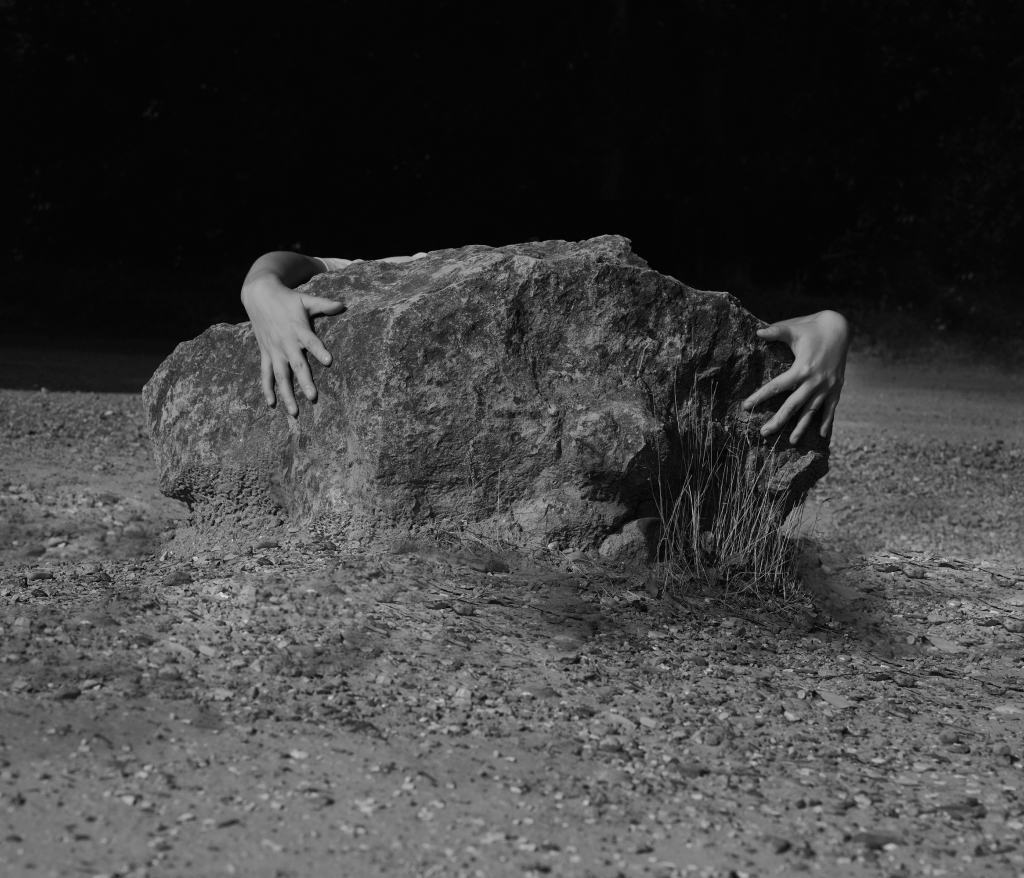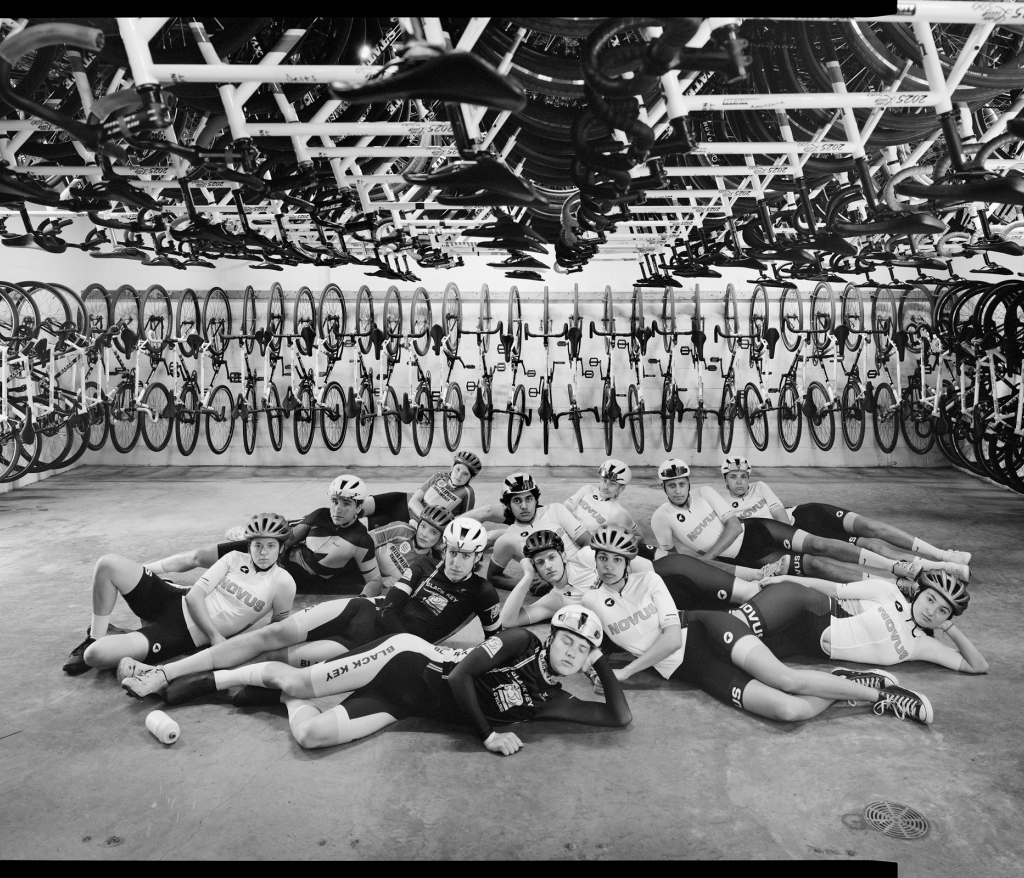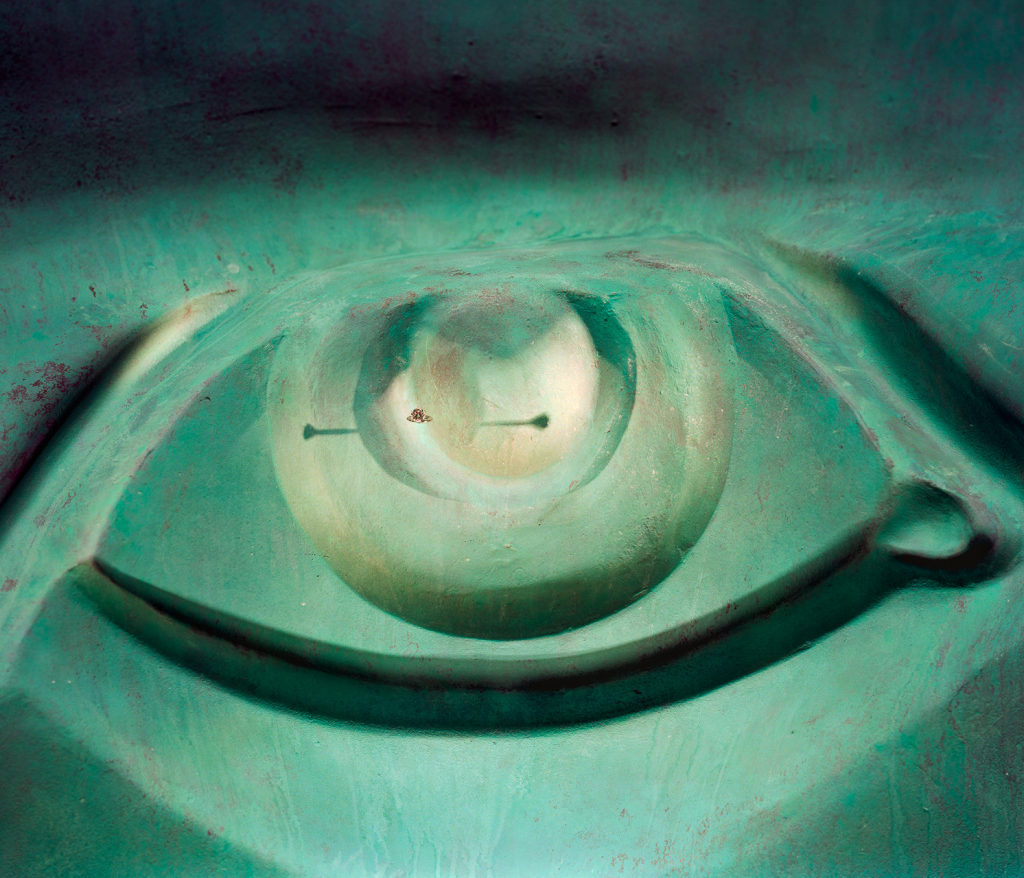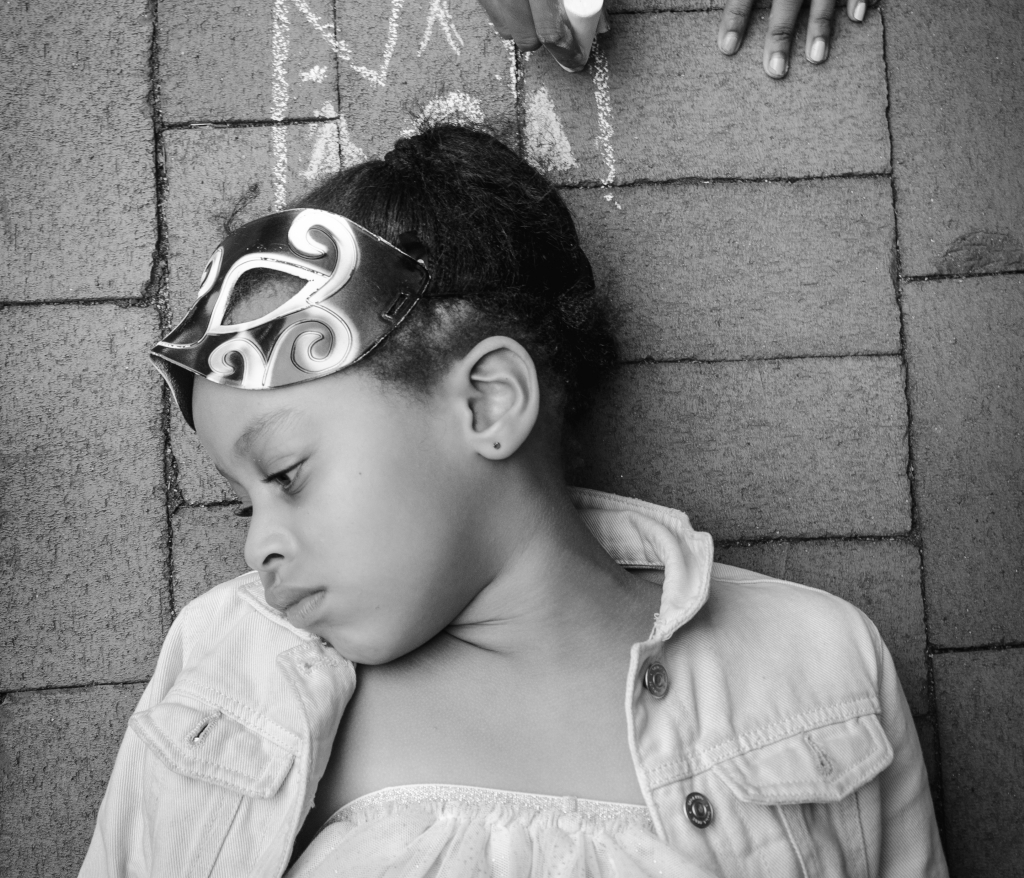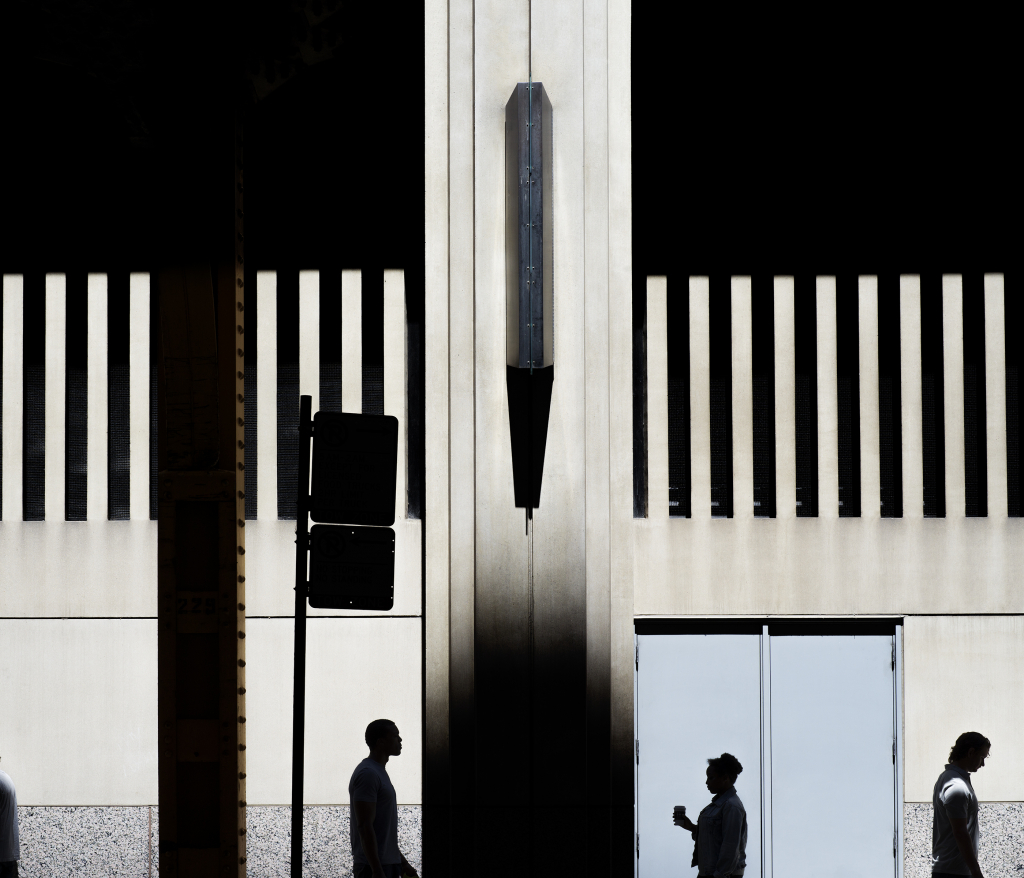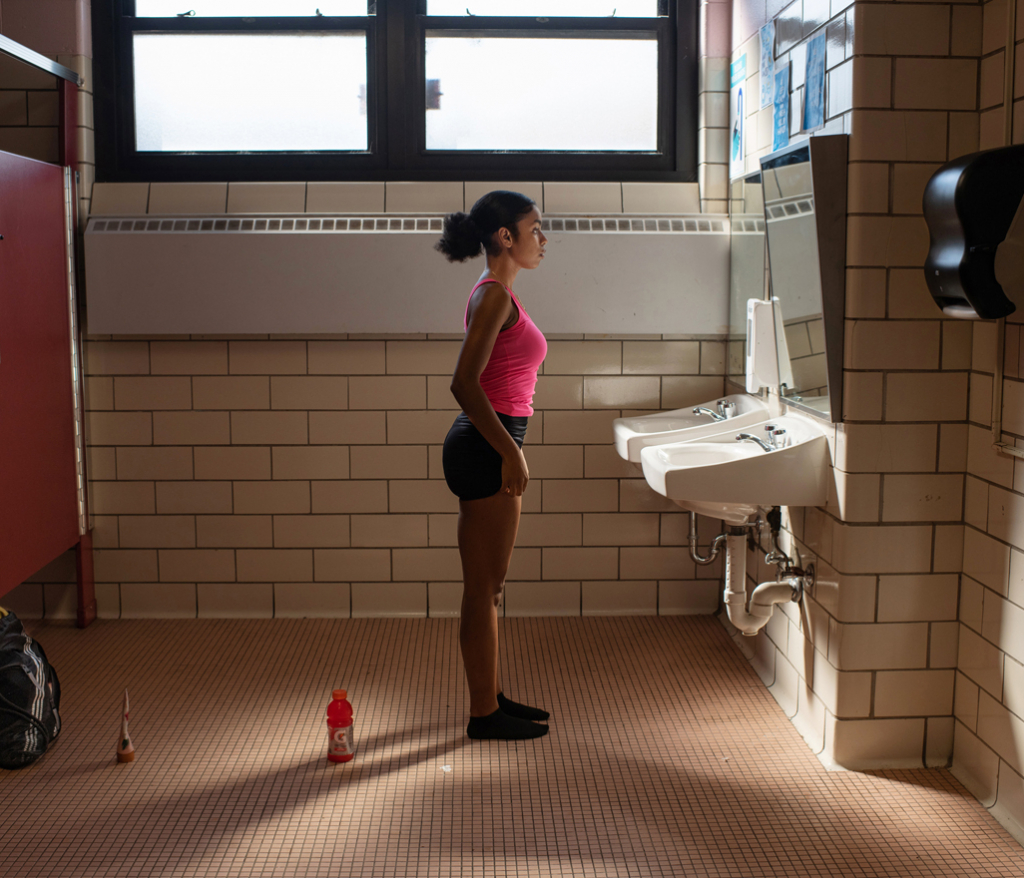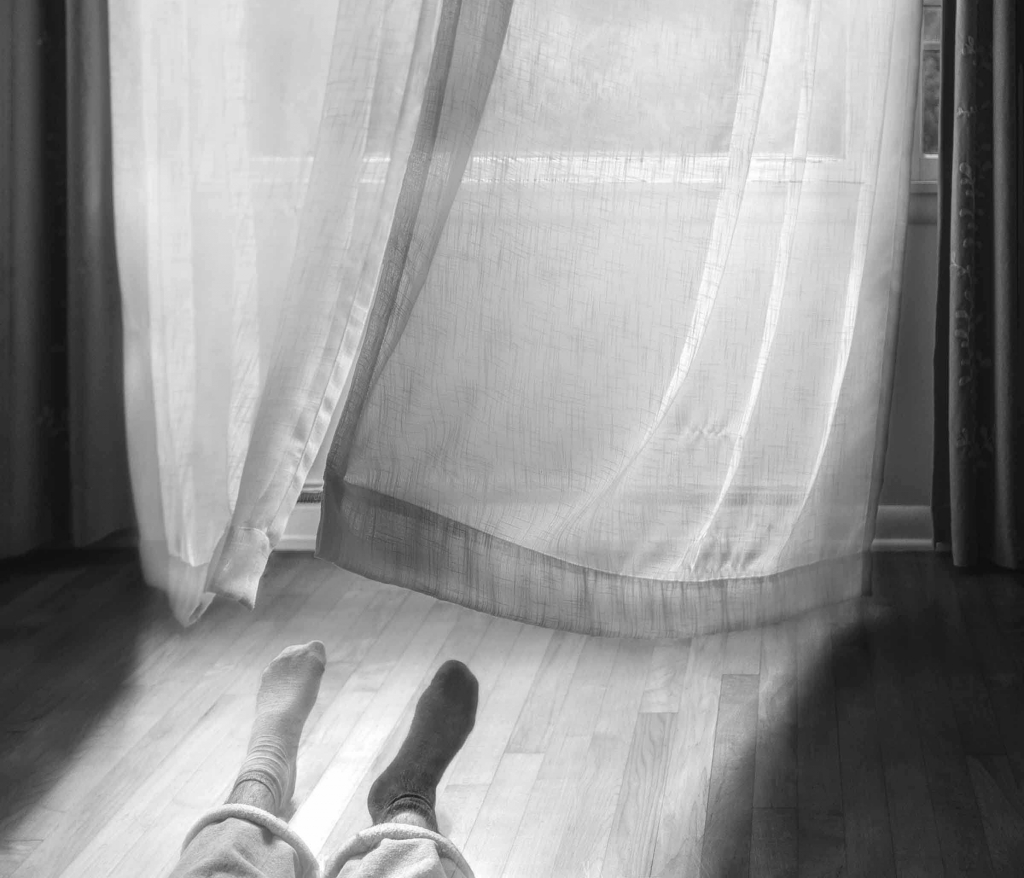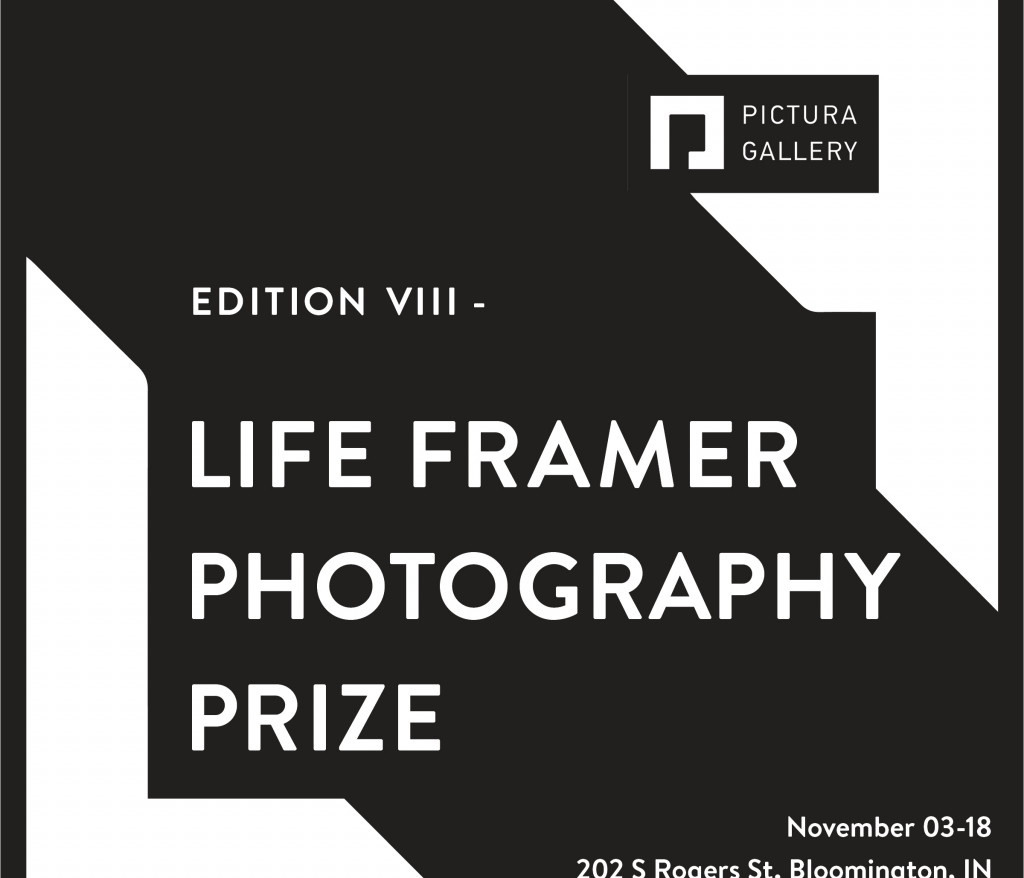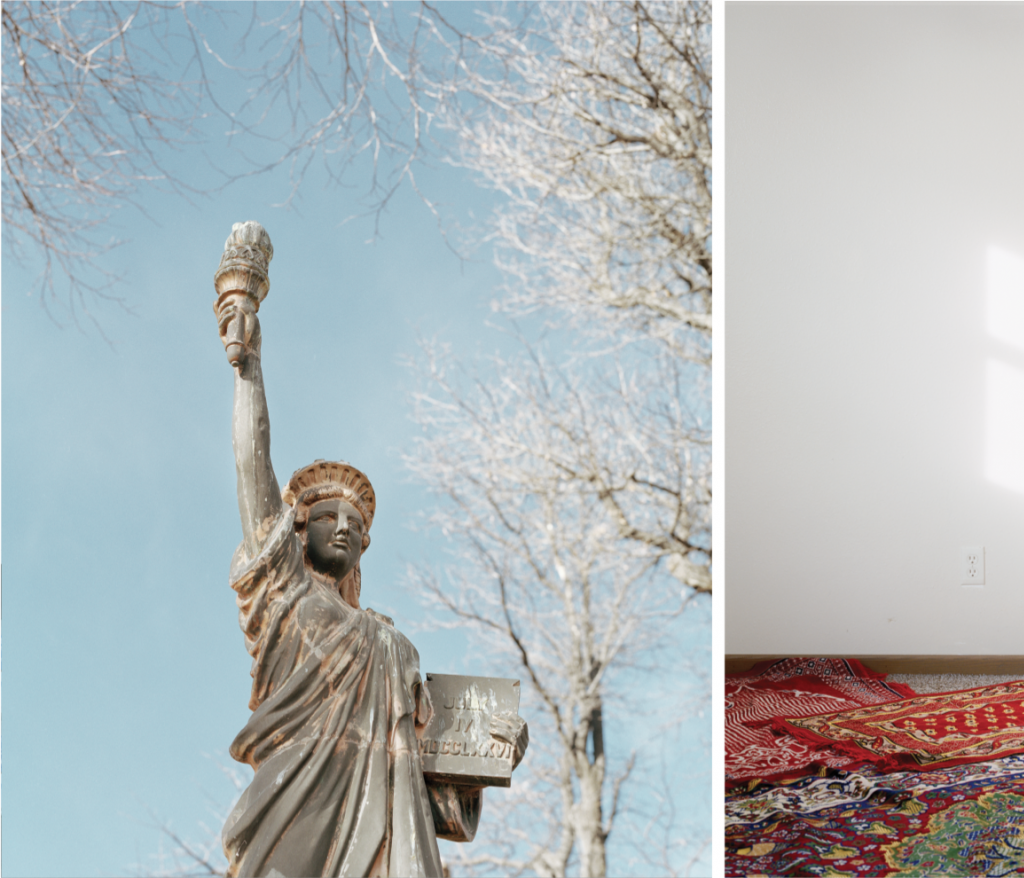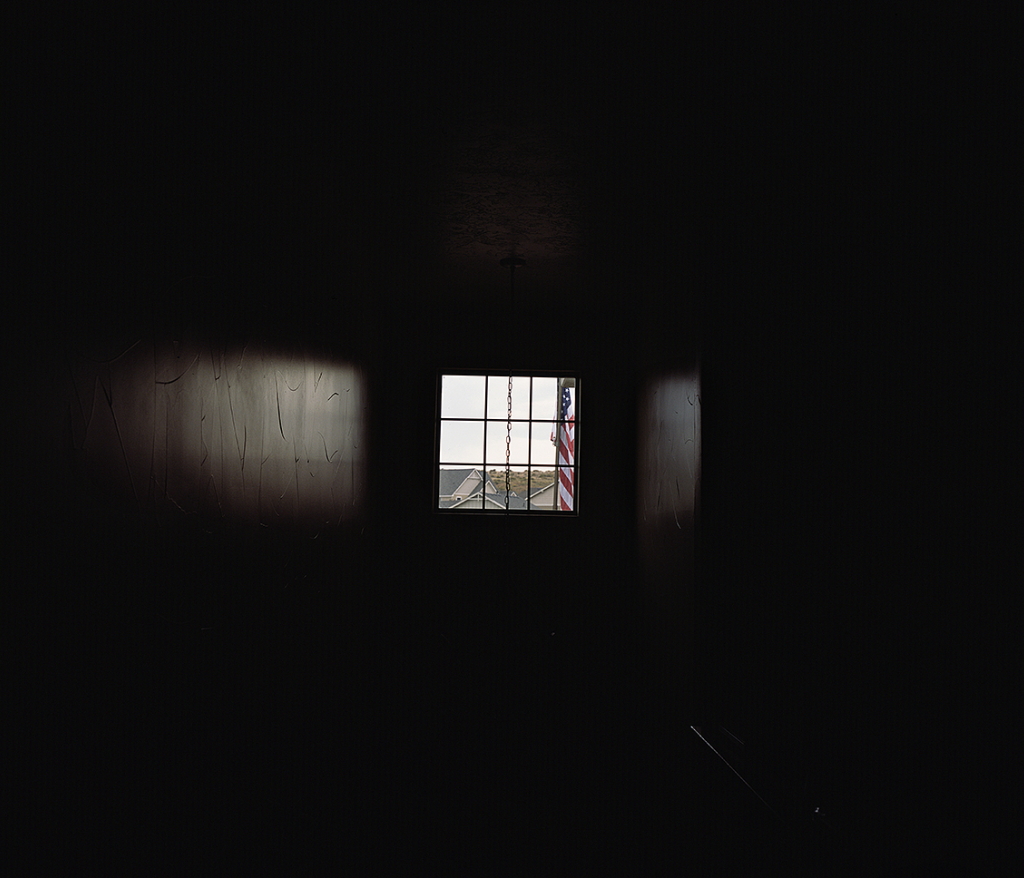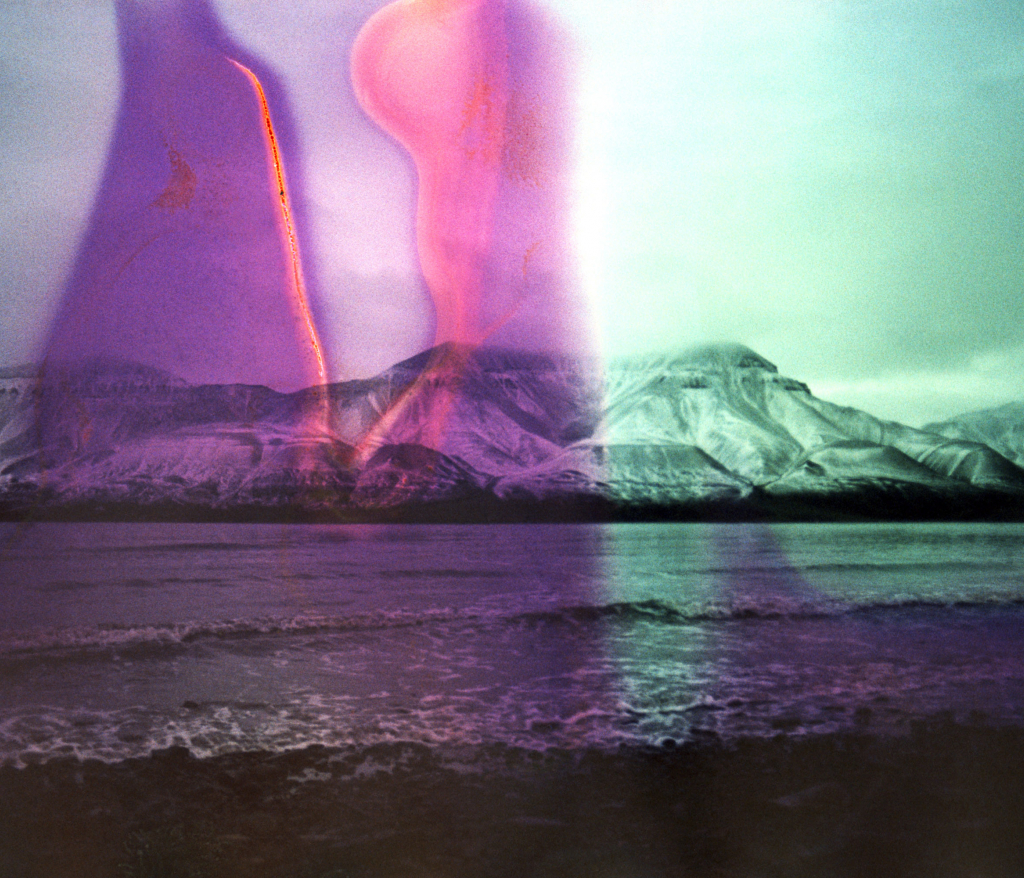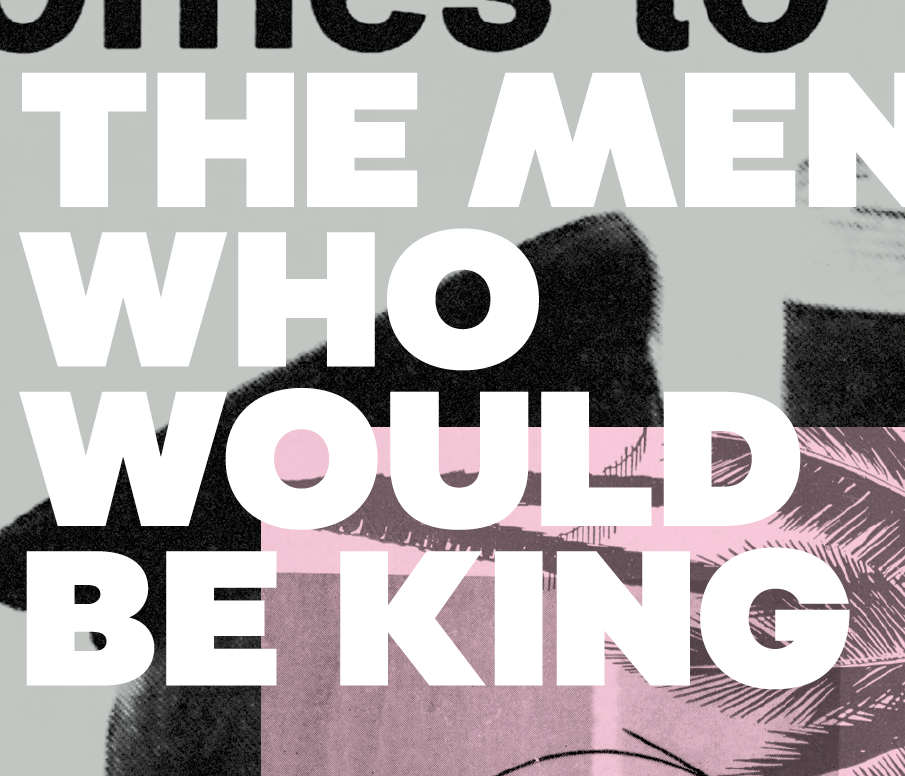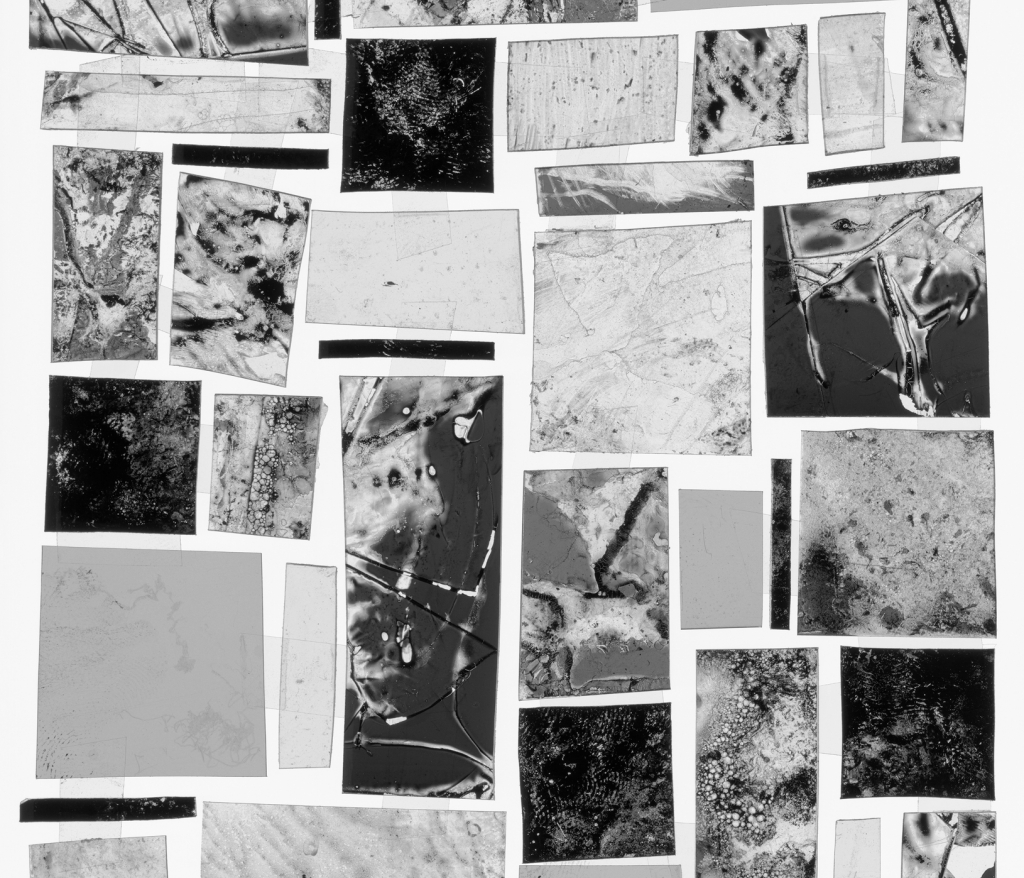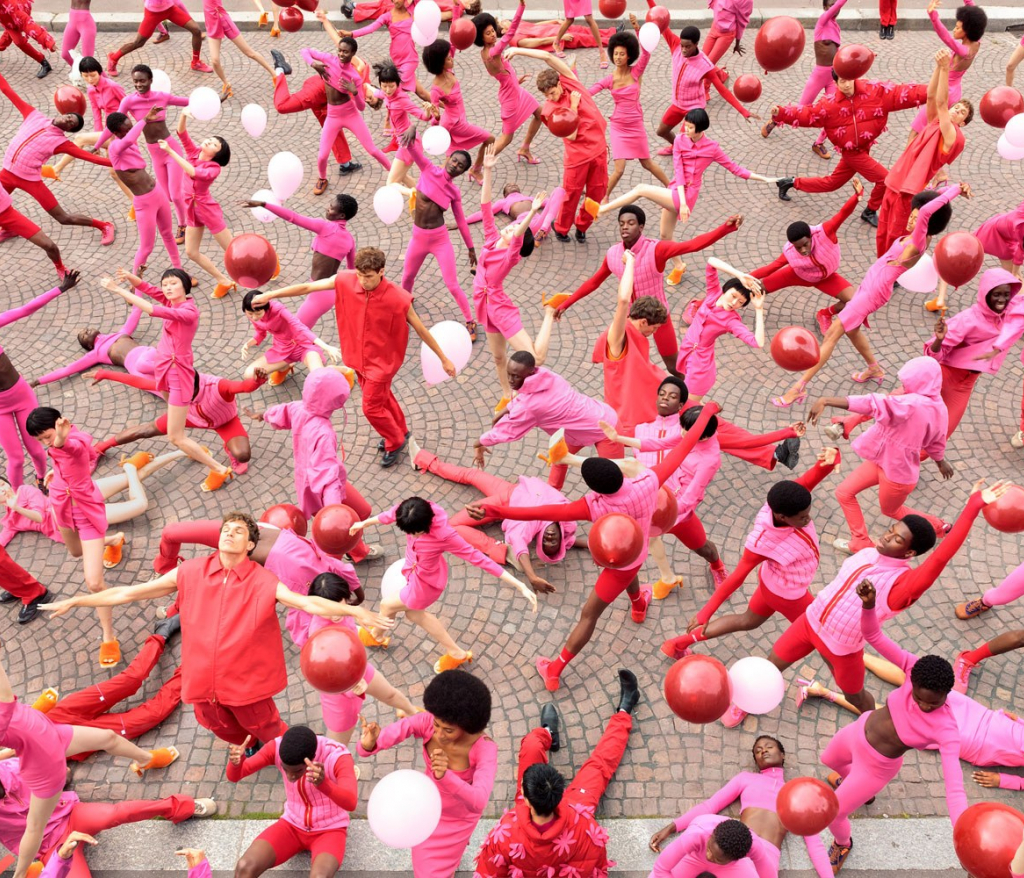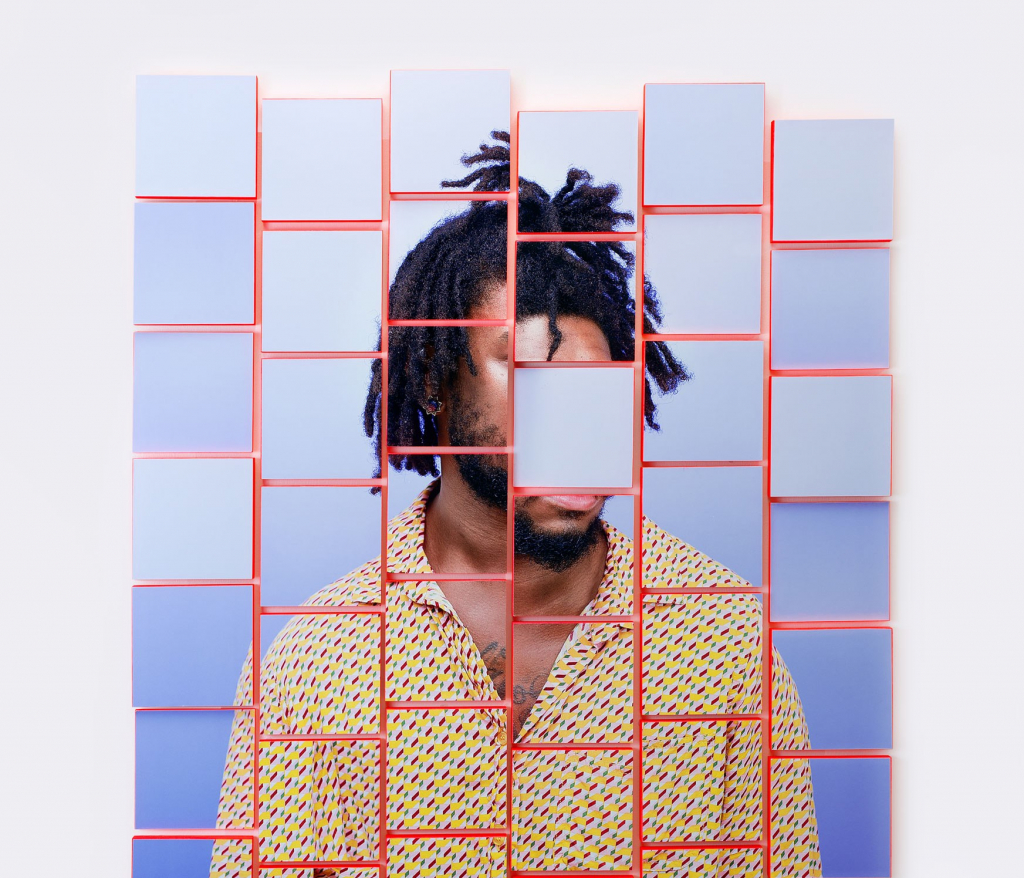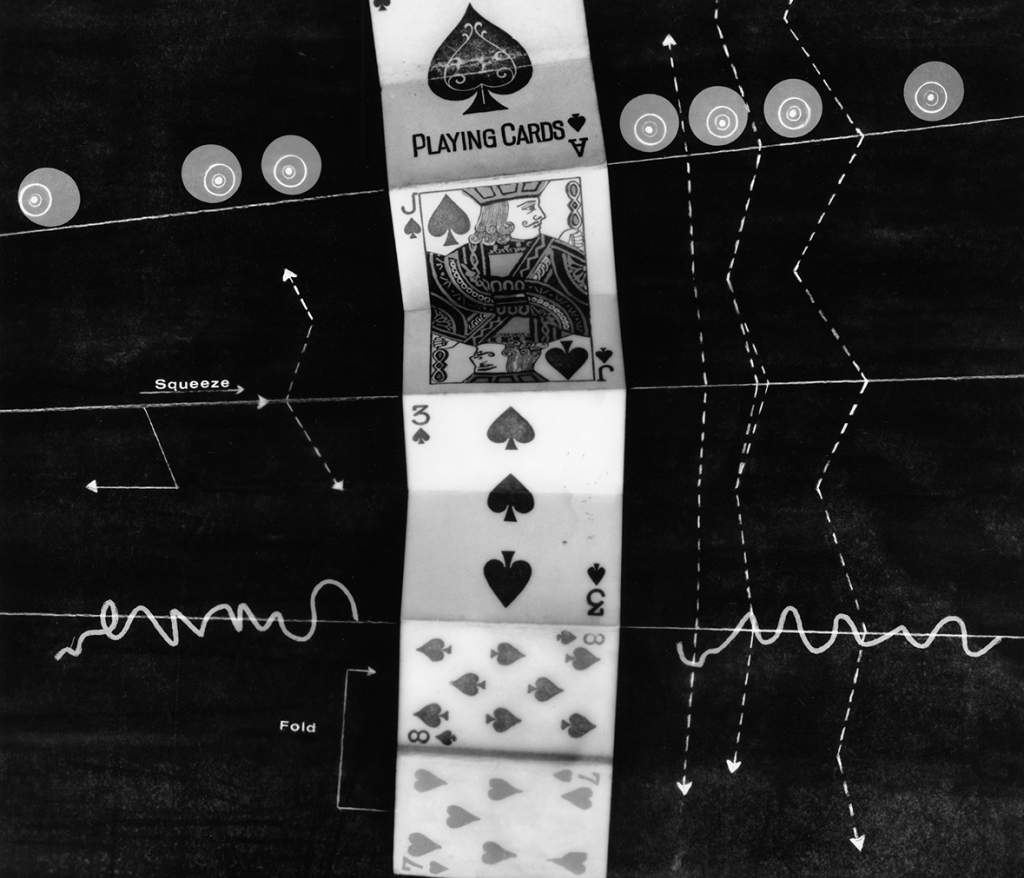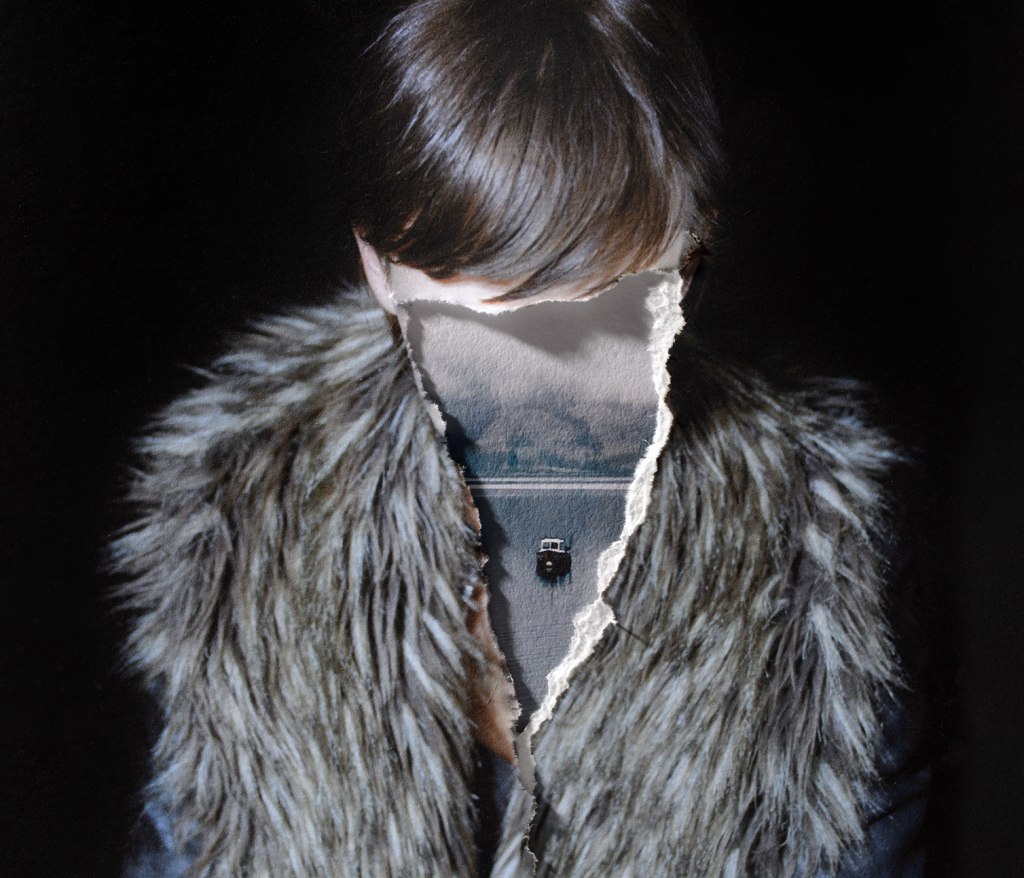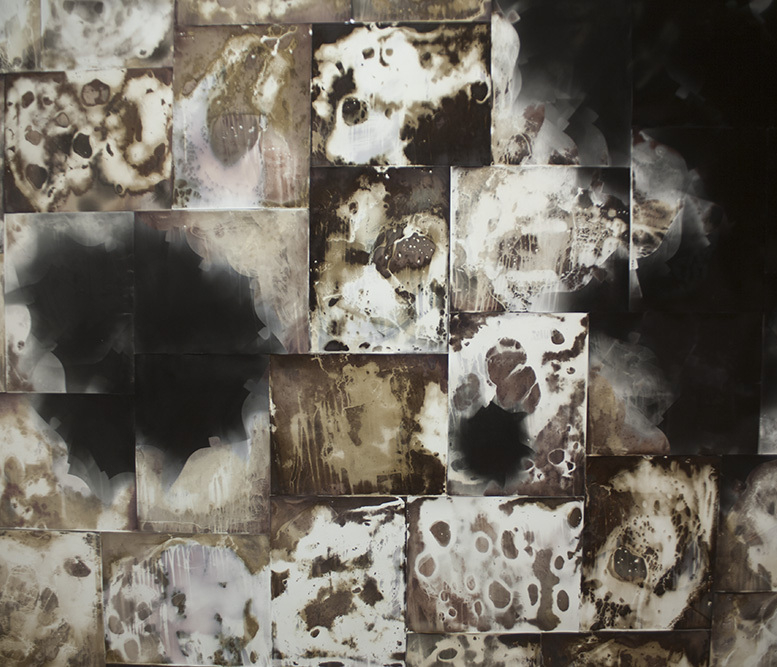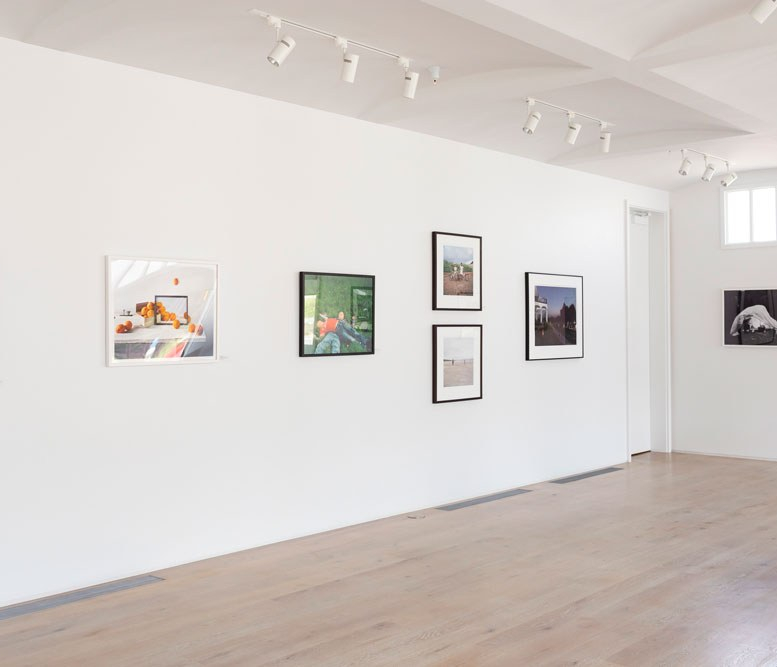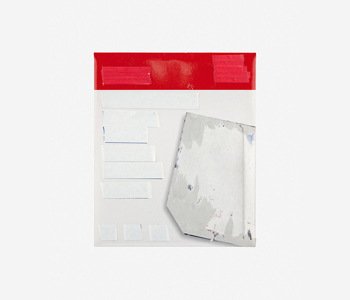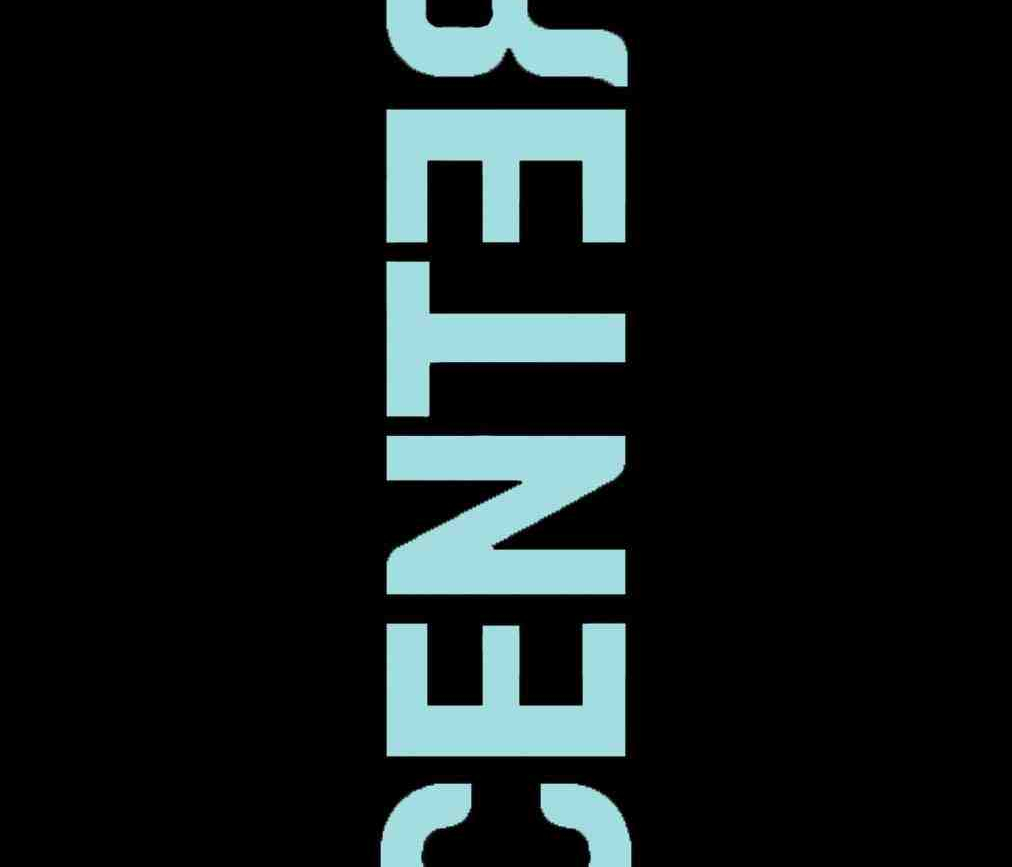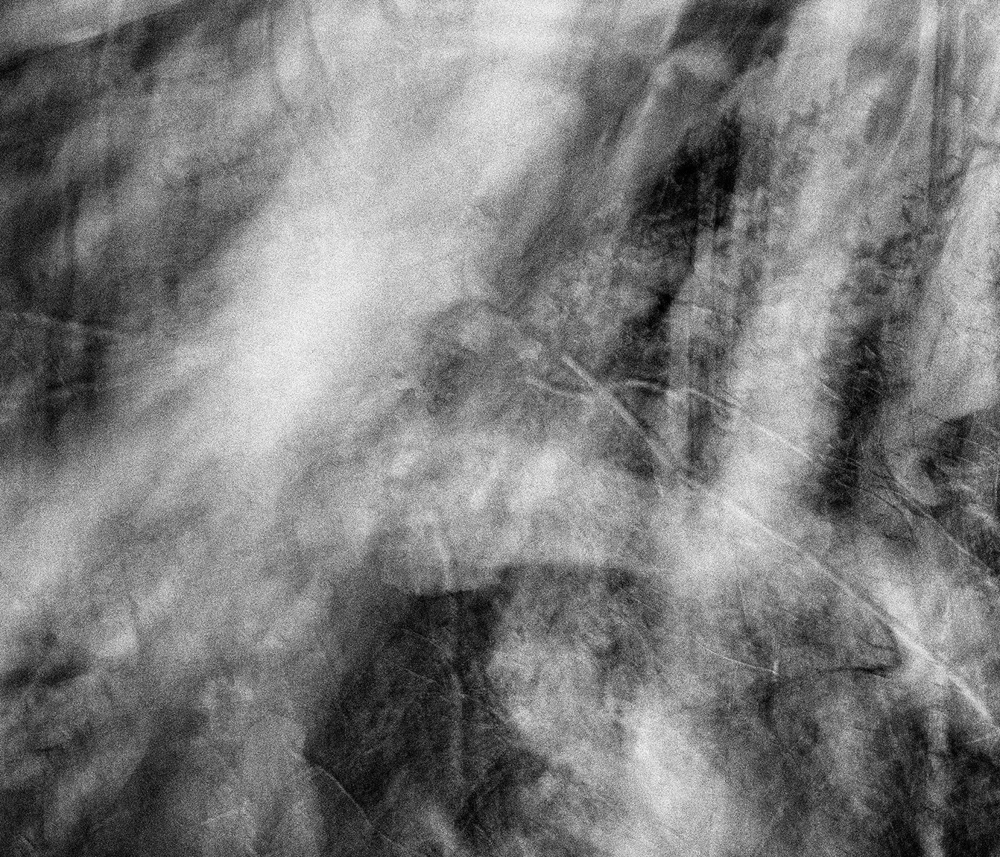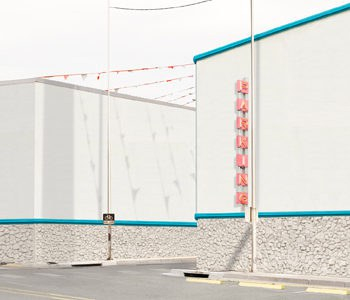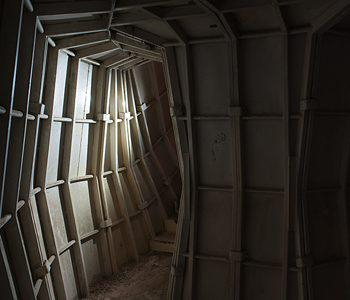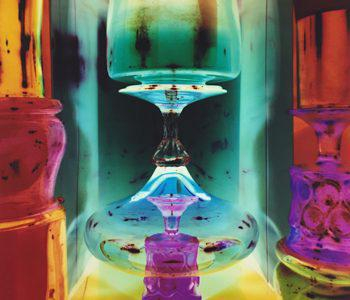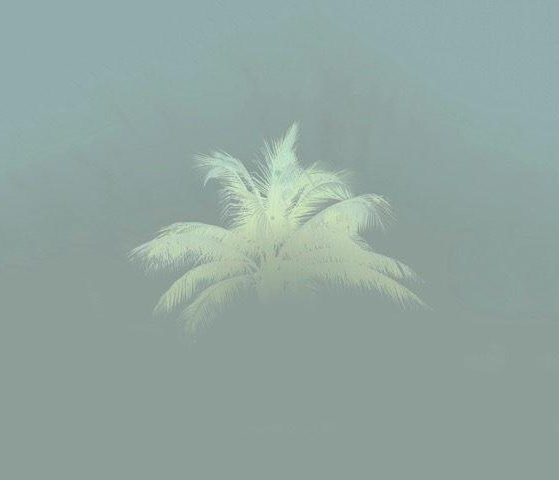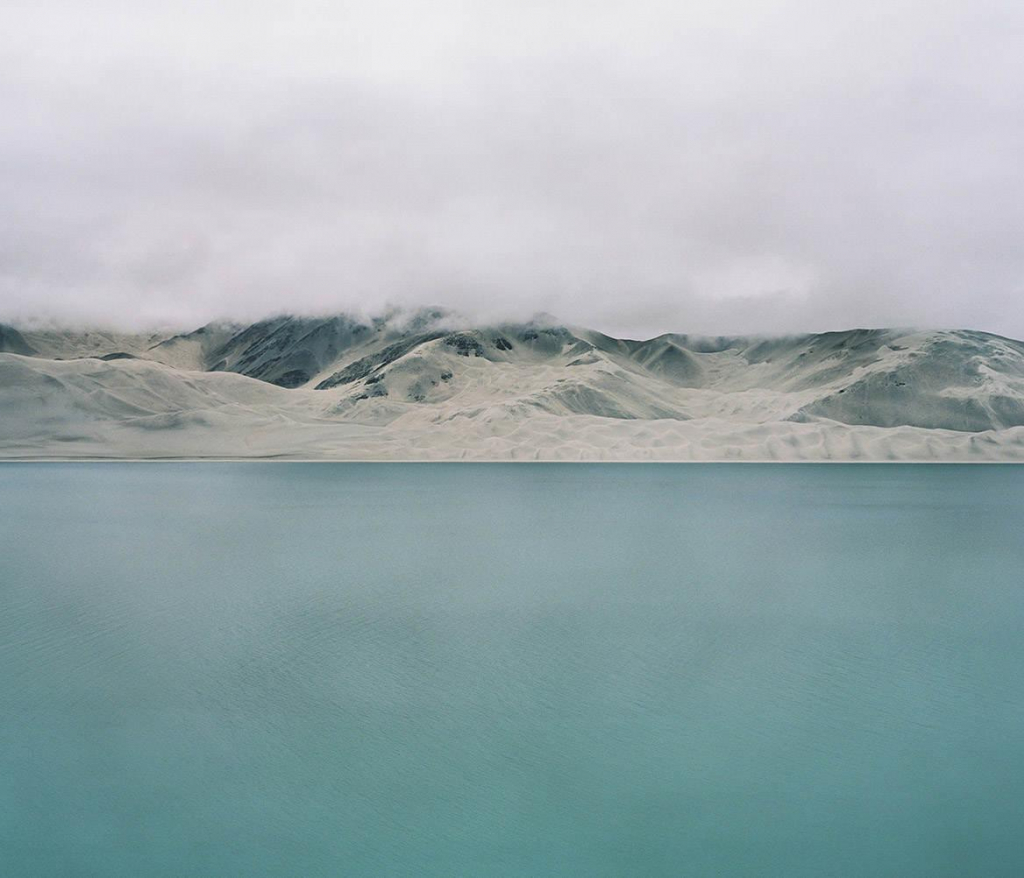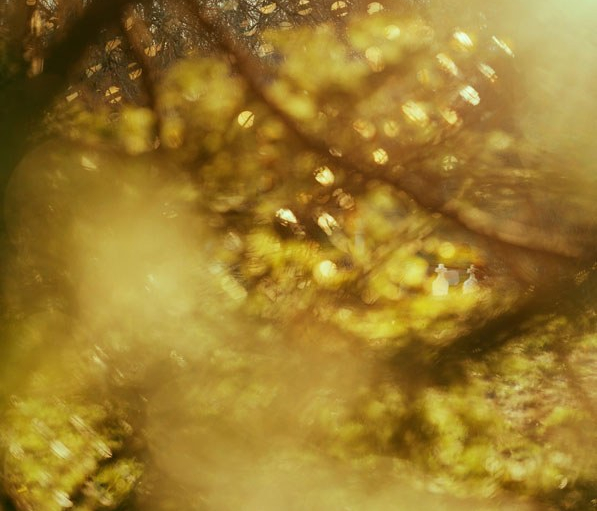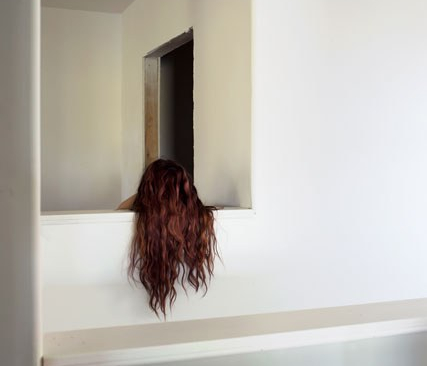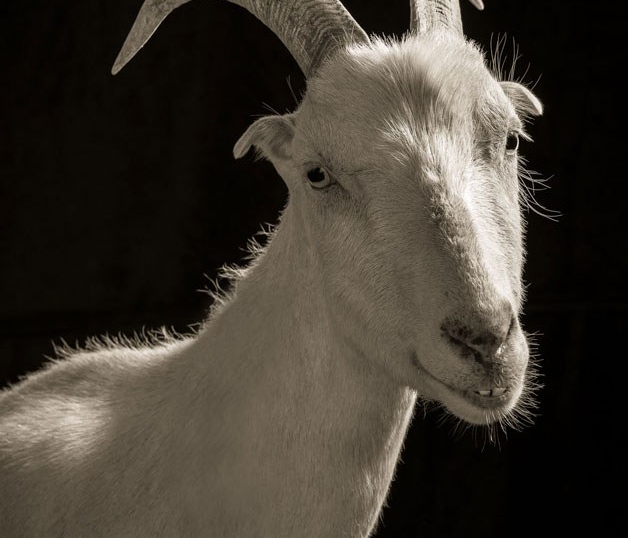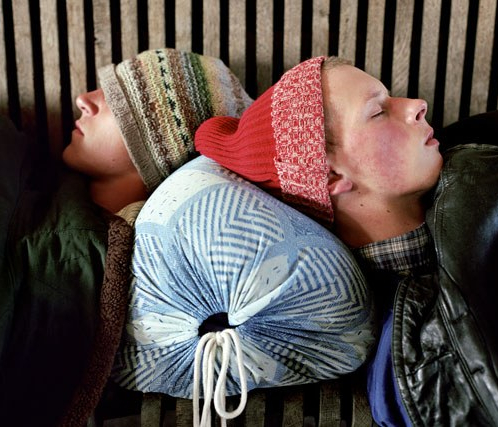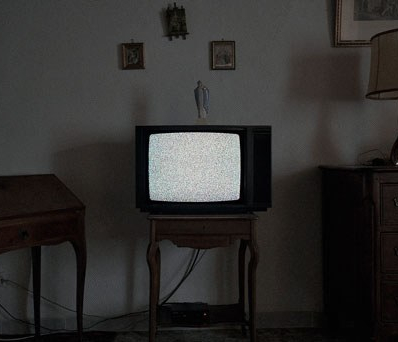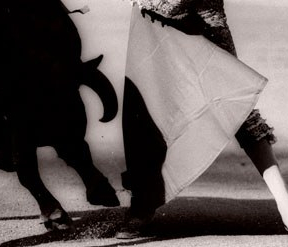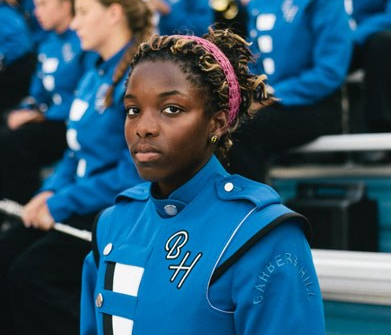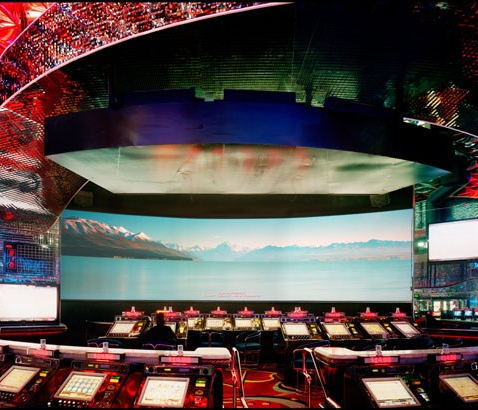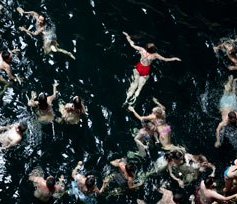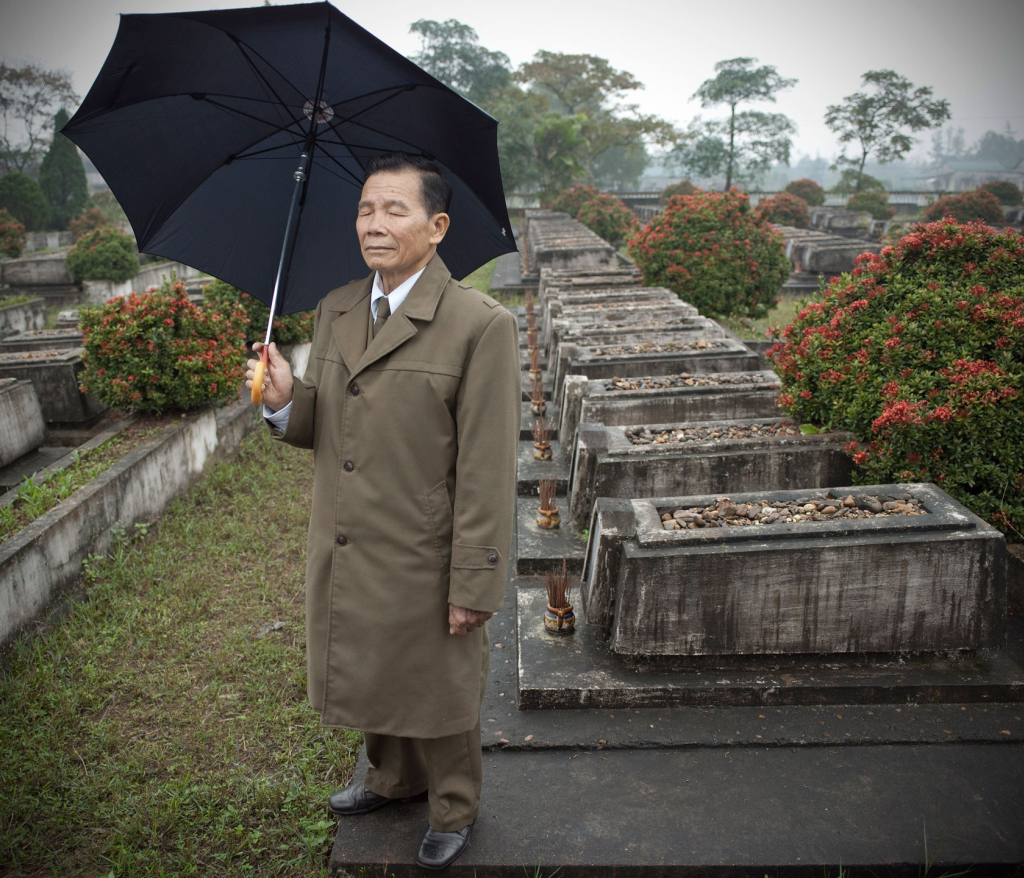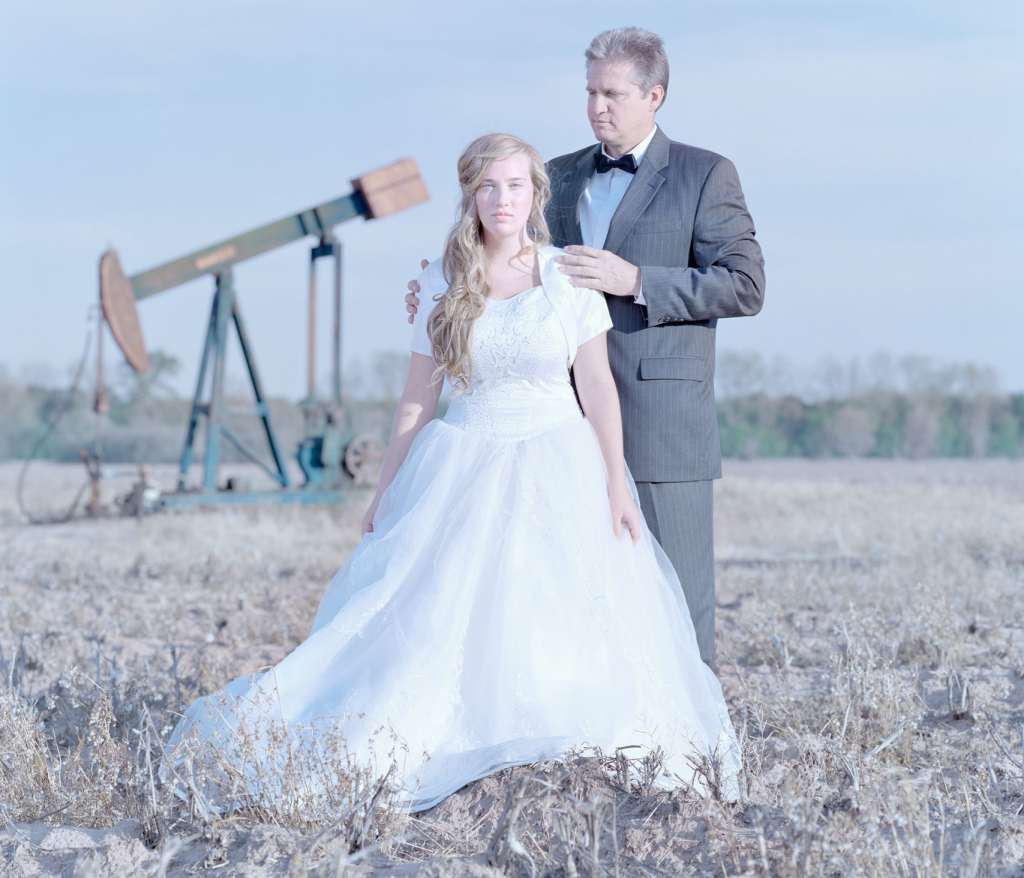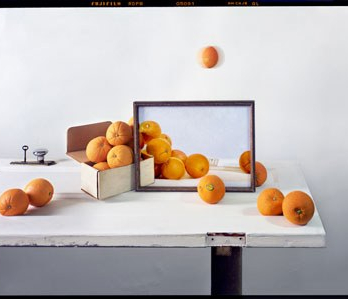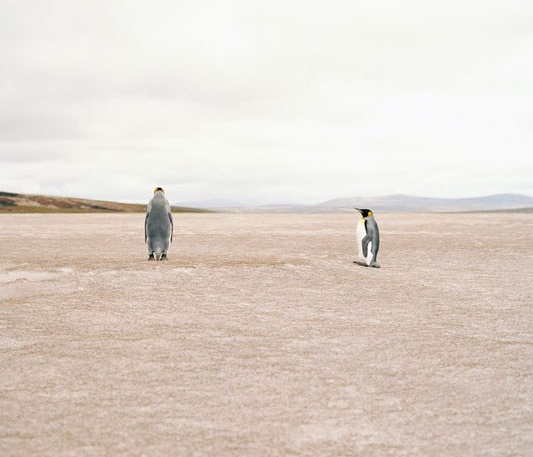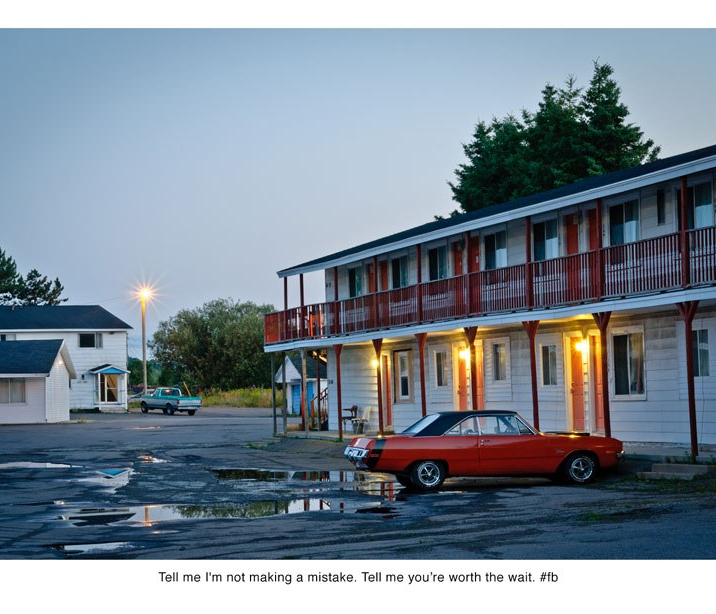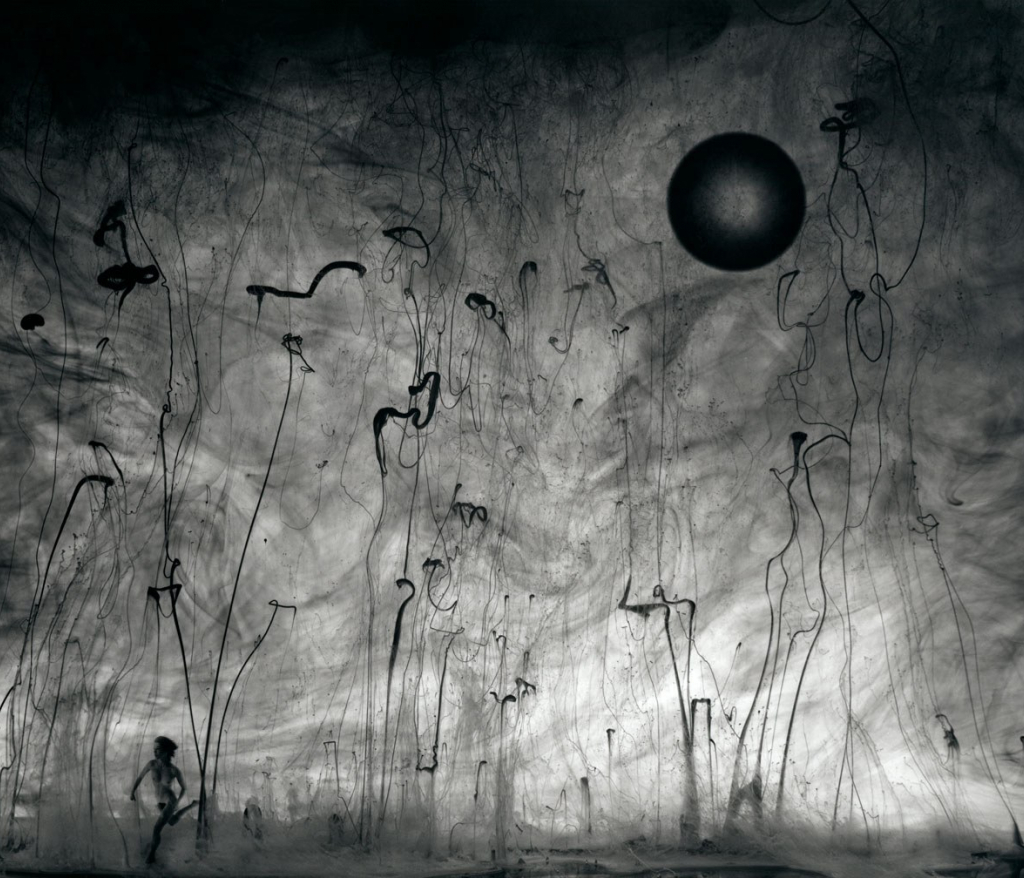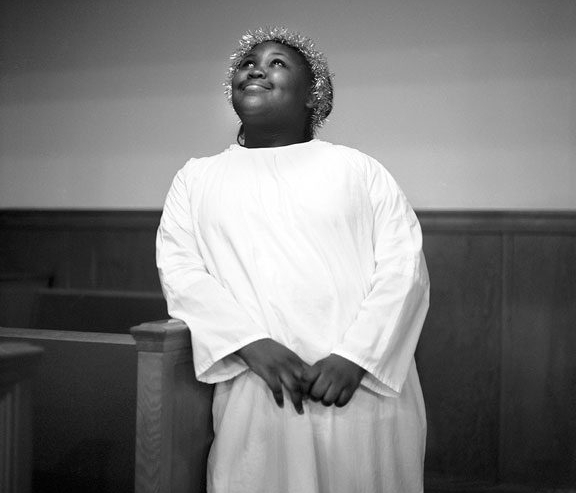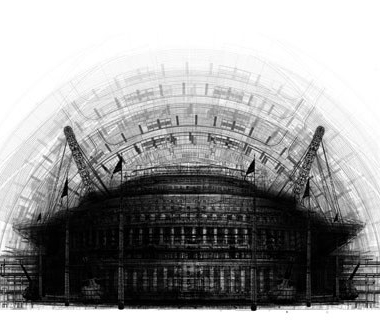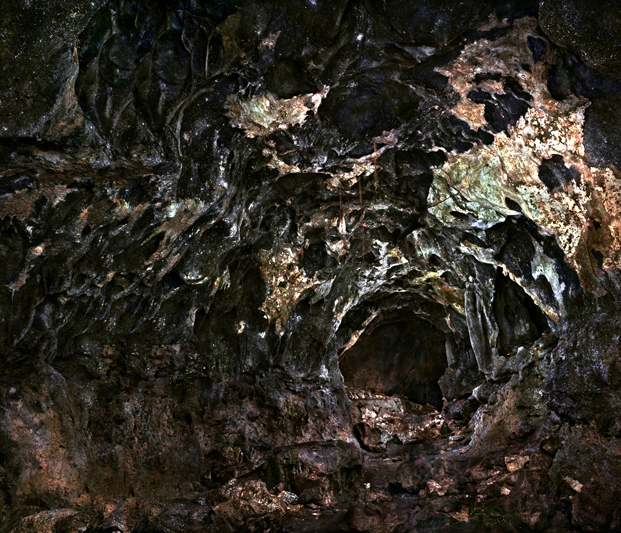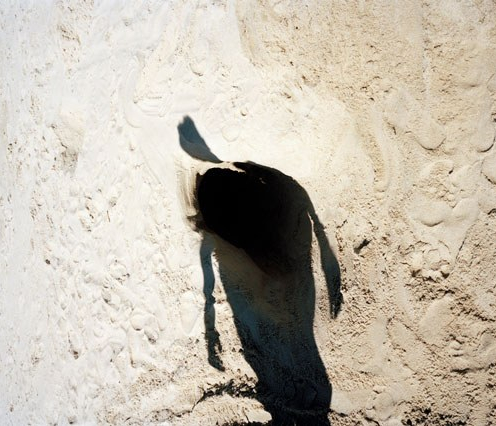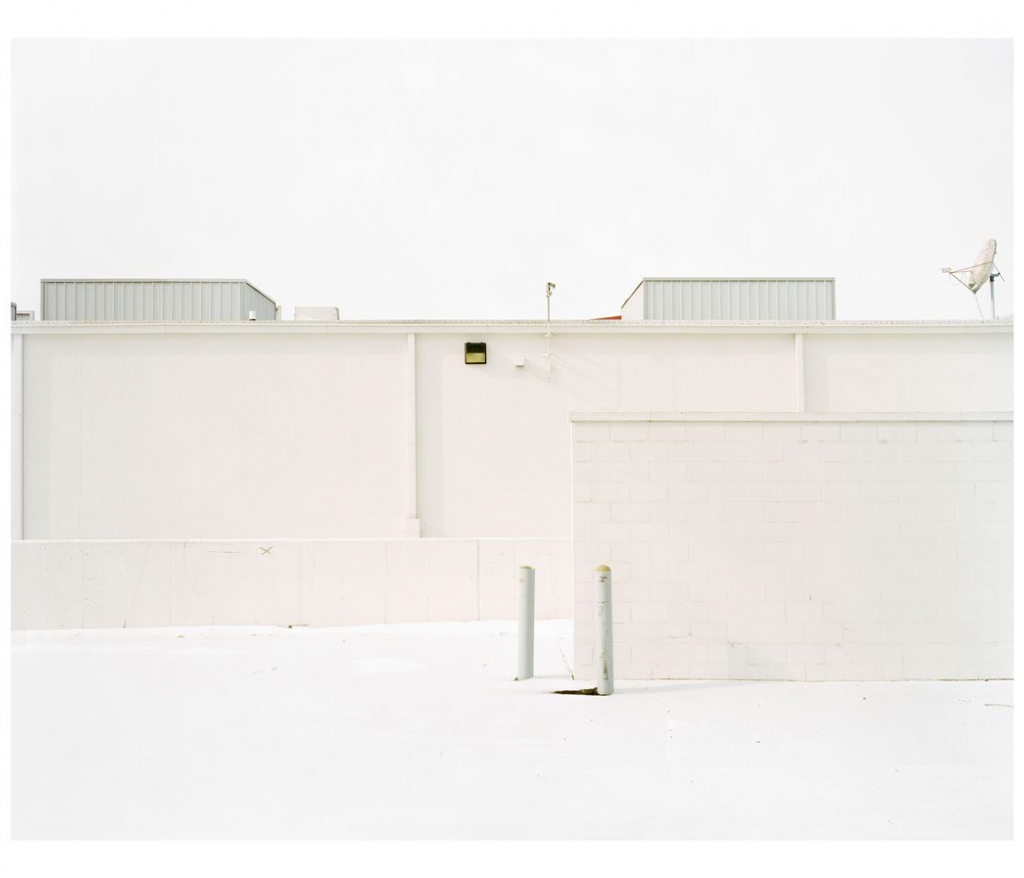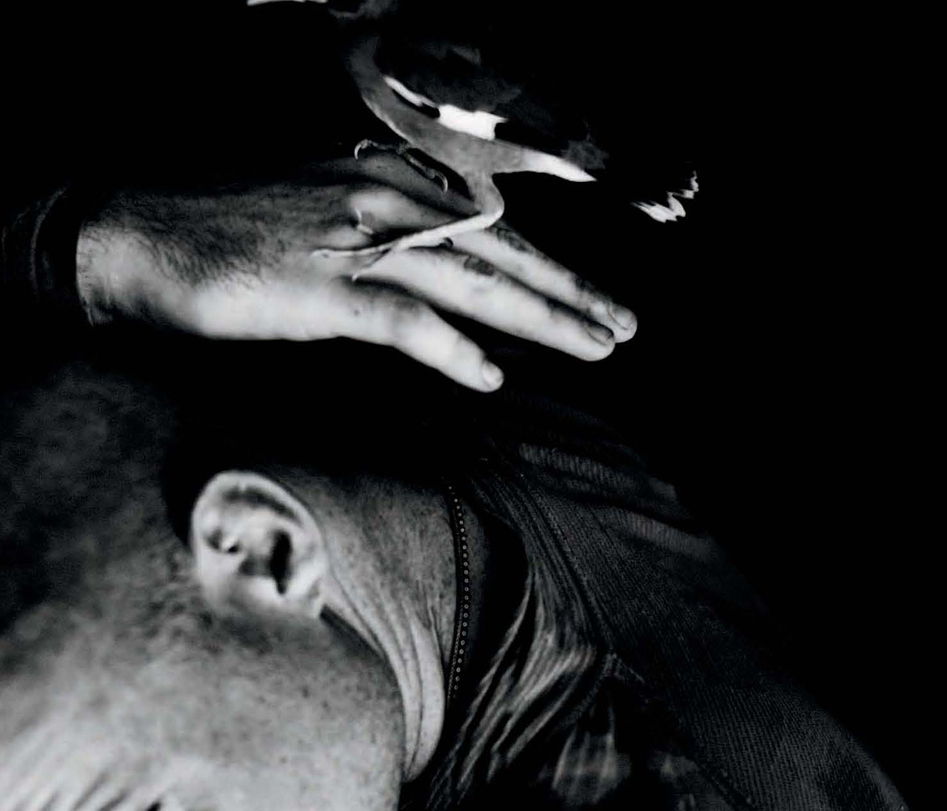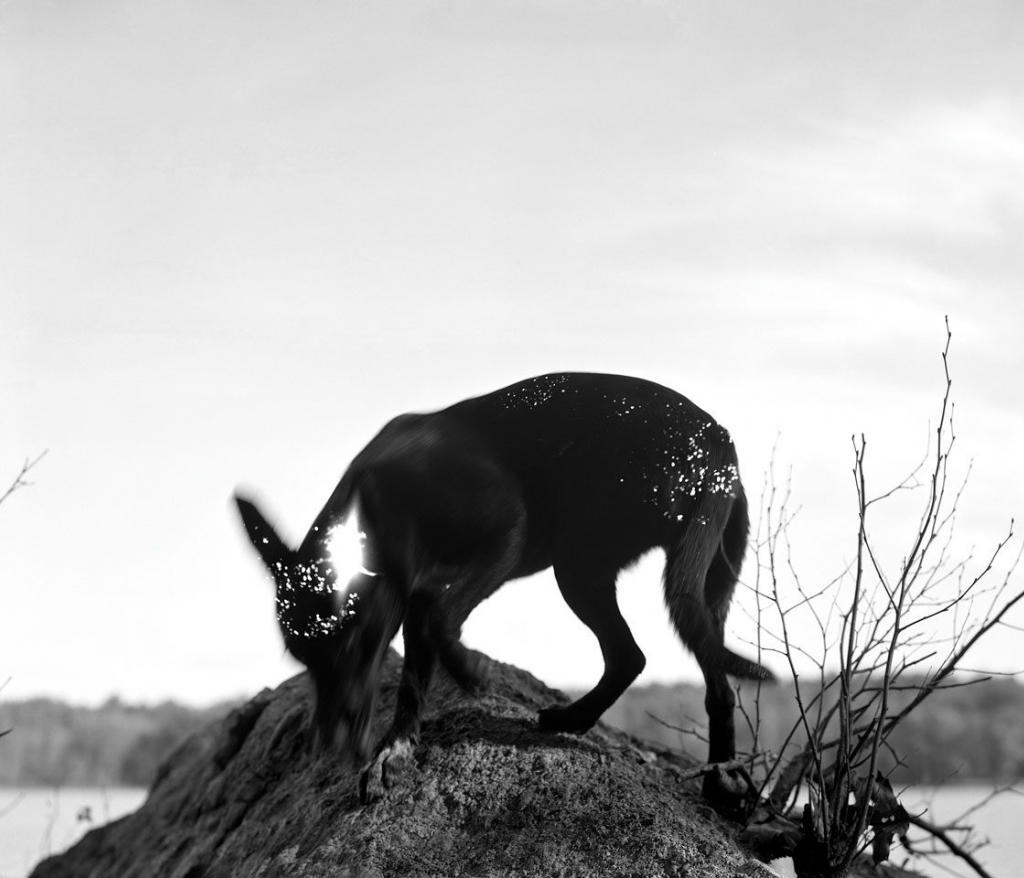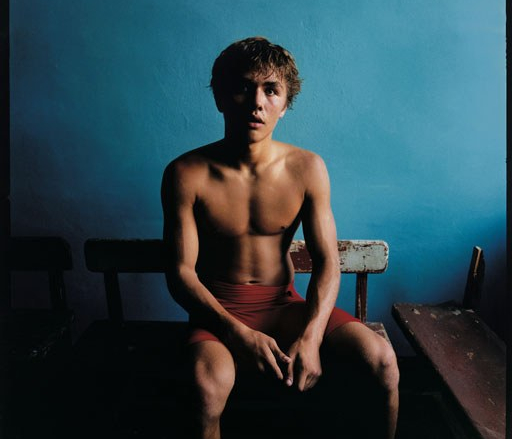Emilia Martin
I saw a tree bearing stones in the place of apples and pears
Dates + Events
November Pictura Kids with Emilia Martin
Saturday, November 8 | 11:00am - 12:00pm
November Gallery Walk Opening Reception: Emilia Martin
Friday, November 7 | 5:00pm - 8:00pm
Emilia Martin
I saw a tree bearing stones in the place of apples and pears
“In the Catholic church there are three classes of relics.
The first class is body parts of a saint.The second class is things that belonged to a saint, objects they have used and surrounded themselves with. The third class relic is the object that touched the body of a saint. To create the third class relics, the small holes are drilled in the tombs of saints. The objects are lowered through the holes, and once they touch the corpse they are no longer everyday and mundane – they now become sacred”
I carefully read through countless myths and tales on meteorites from around the globe, some too old to trace their sources back. There are stories about how cosmic rocks were sent by angered gods or satan, stories on how some were chained to the ground out of fear that they may return to heavens in the same way, they came to Earth. I read that a meteorite was powdered and consumed by those who witnessed its arrival based on the belief that it was a medicine sent from heavens. Some of those cosmic rocks took on central roles in the communities becoming places of worship, grief, sacrifice.
Despite these countless stories and myths, modern Western science has only acknowledged the meteorites as a scientific fact in the late 18th century, dismissing centuries of the countless reports as fictional fables, created by native communities or people like my ancestors - peasants, working long hours under the bare skies.
The meteorites do not only close the gap between the outer space and our familiar Earthly surroundings, but also transgress what is seen as ordinary and sacred, what is seen as mythical and true.
I saw a tree bearing stones in the place of apples and pears is an exploration of a rock as a carrier of stories, a migratory body, a silent, mysterious visitor, filled with projections and dreams. It is an exploration on who, throughout the histories, had the right to claim the truths and who - tales. It is a story on how some truths can only live subversively through myths and tales, away from the dominant narratives. It is a fantasy in which a rock - a symbol of muteness and inability to express, finds its voice and speaks thousands of stories, in the act of reclaiming them back.
(1) Sarah Sentilles “draw your weapons” Random House 2017
Emilia Martin (1991) is a Polish artist and photographer based in the Hague, the Netherlands, where in 2022 she graduated from Photography & Society Masters at the Royal Academy of the Art. Working with photography, writing, and sound, she explores how the stories we tell shape the realities we inhabit. Her process is based on careful research and personal, often playful approaches, through which she questions dominant narratives.Her work has received multiple awards and has been exhibited internationally, with the Rencontres d’Arles, Fotofestiwal Łódź 2025, and Photo Museum Ireland, among others. I saw a tree bearing stones in the place of apples and pears was published as a book in 2024 by Yogurt Editions and received international acclaim. It was one of the winners of Lucie Foundation Award, Fotofabrica Photo Book Prize, and Belfast photography festival.
www.emiliamartin.com
Emilia Martin
I saw a tree bearing stones in the place of apples and pears
“In the Catholic church there are three classes of relics.
The first class is body parts of a saint.The second class is things that belonged to a saint, objects they have used and surrounded themselves with. The third class relic is the object that touched the body of a saint. To create the third class relics, the small holes are drilled in the tombs of saints. The objects are lowered through the holes, and once they touch the corpse they are no longer everyday and mundane – they now become sacred”
I carefully read through countless myths and tales on meteorites from around the globe, some too old to trace their sources back. There are stories about how cosmic rocks were sent by angered gods or satan, stories on how some were chained to the ground out of fear that they may return to heavens in the same way, they came to Earth. I read that a meteorite was powdered and consumed by those who witnessed its arrival based on the belief that it was a medicine sent from heavens. Some of those cosmic rocks took on central roles in the communities becoming places of worship, grief, sacrifice.
Despite these countless stories and myths, modern Western science has only acknowledged the meteorites as a scientific fact in the late 18th century, dismissing centuries of the countless reports as fictional fables, created by native communities or people like my ancestors - peasants, working long hours under the bare skies.
The meteorites do not only close the gap between the outer space and our familiar Earthly surroundings, but also transgress what is seen as ordinary and sacred, what is seen as mythical and true.
I saw a tree bearing stones in the place of apples and pears is an exploration of a rock as a carrier of stories, a migratory body, a silent, mysterious visitor, filled with projections and dreams. It is an exploration on who, throughout the histories, had the right to claim the truths and who - tales. It is a story on how some truths can only live subversively through myths and tales, away from the dominant narratives. It is a fantasy in which a rock - a symbol of muteness and inability to express, finds its voice and speaks thousands of stories, in the act of reclaiming them back.
(1) Sarah Sentilles “draw your weapons” Random House 2017
Emilia Martin (1991) is a Polish artist and photographer based in the Hague, the Netherlands, where in 2022 she graduated from Photography & Society Masters at the Royal Academy of the Art. Working with photography, writing, and sound, she explores how the stories we tell shape the realities we inhabit. Her process is based on careful research and personal, often playful approaches, through which she questions dominant narratives.Her work has received multiple awards and has been exhibited internationally, with the Rencontres d’Arles, Fotofestiwal Łódź 2025, and Photo Museum Ireland, among others. I saw a tree bearing stones in the place of apples and pears was published as a book in 2024 by Yogurt Editions and received international acclaim. It was one of the winners of Lucie Foundation Award, Fotofabrica Photo Book Prize, and Belfast photography festival.
www.emiliamartin.com
Dates + Events
November Pictura Kids with Emilia Martin
Saturday, November 8 | 11:00am - 12:00pm
November Gallery Walk Opening Reception: Emilia Martin
Friday, November 7 | 5:00pm - 8:00pm

